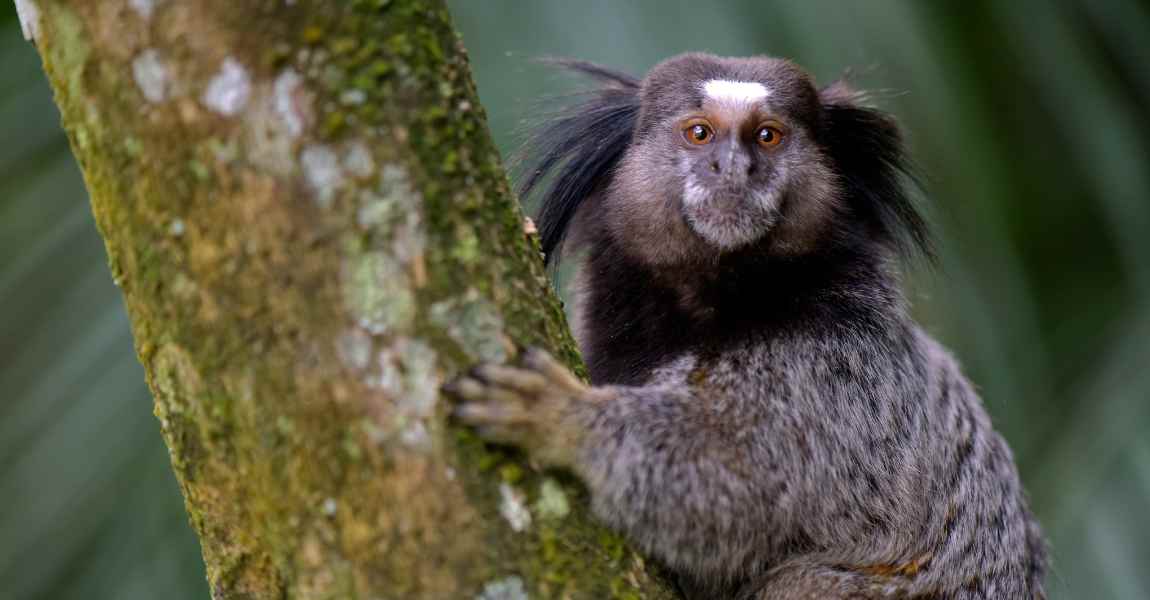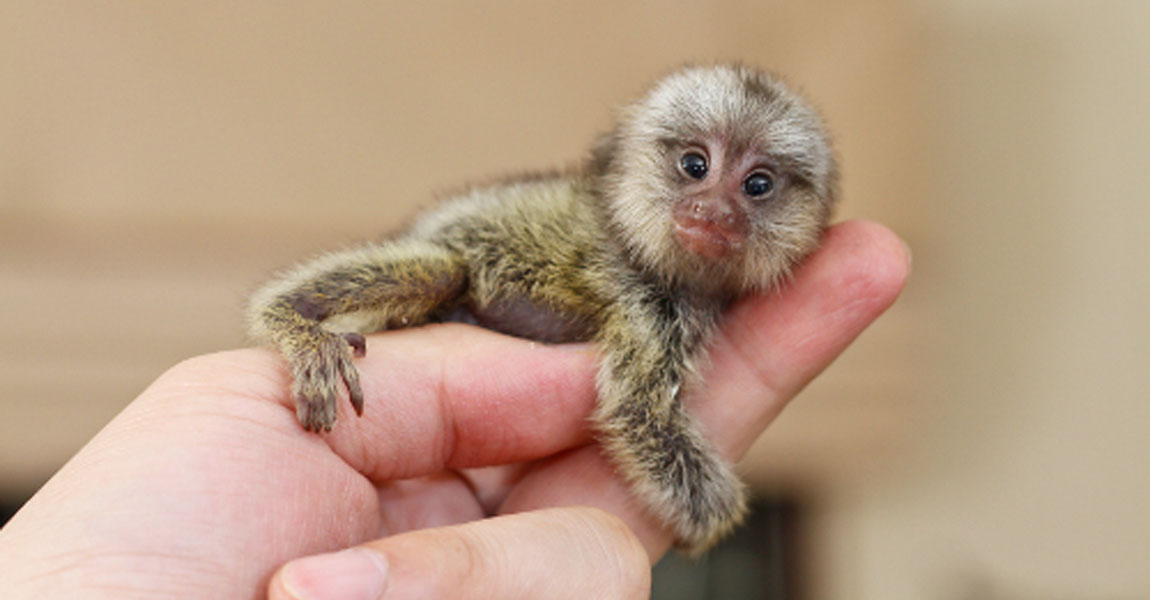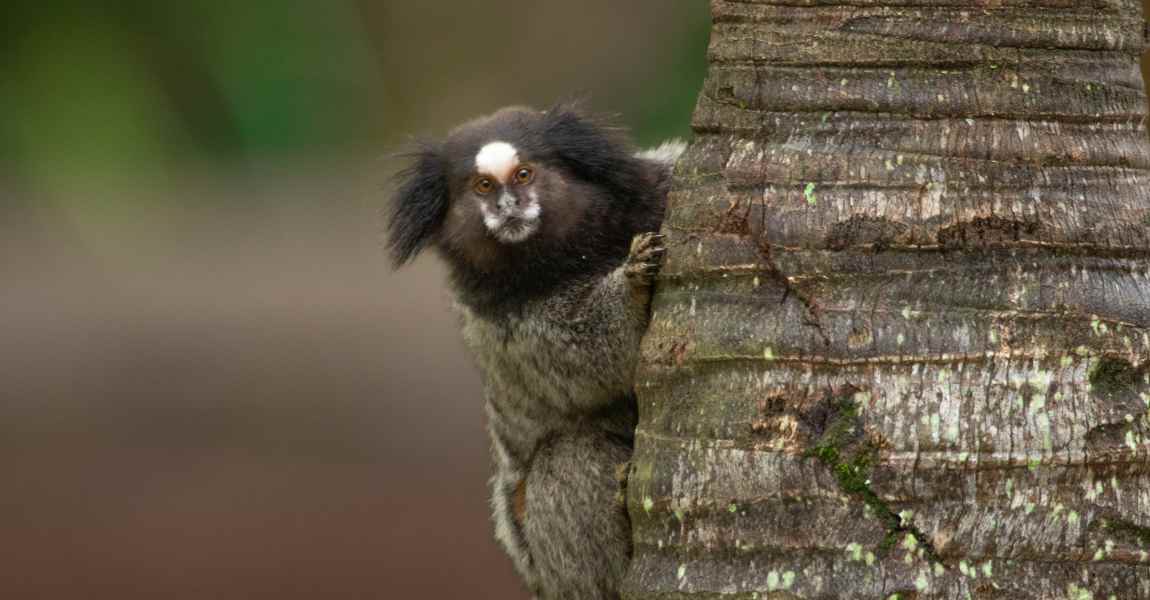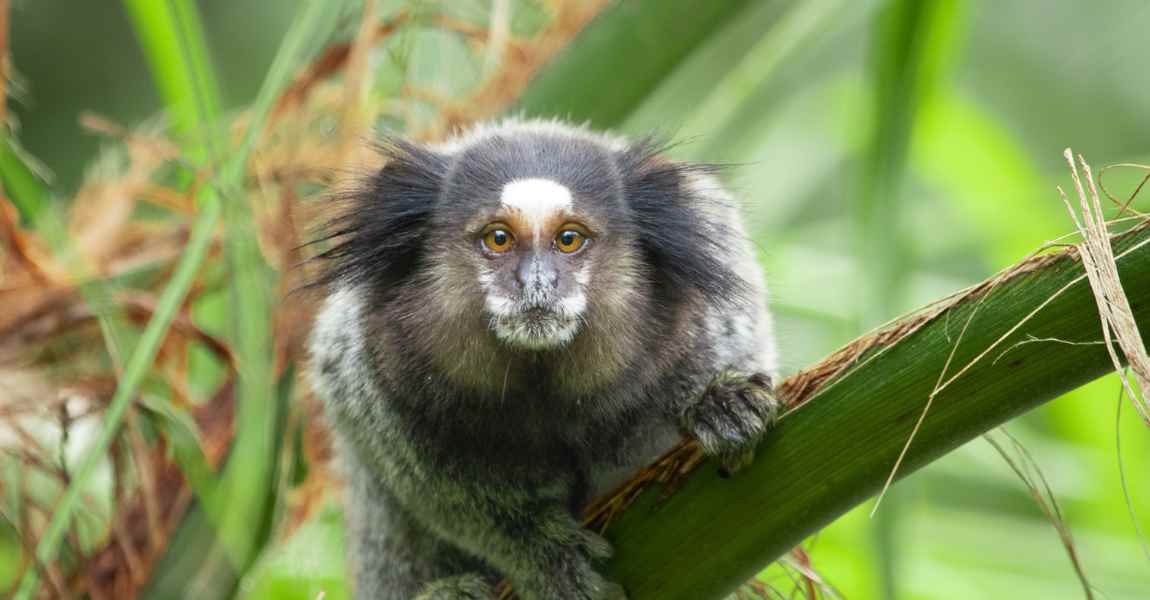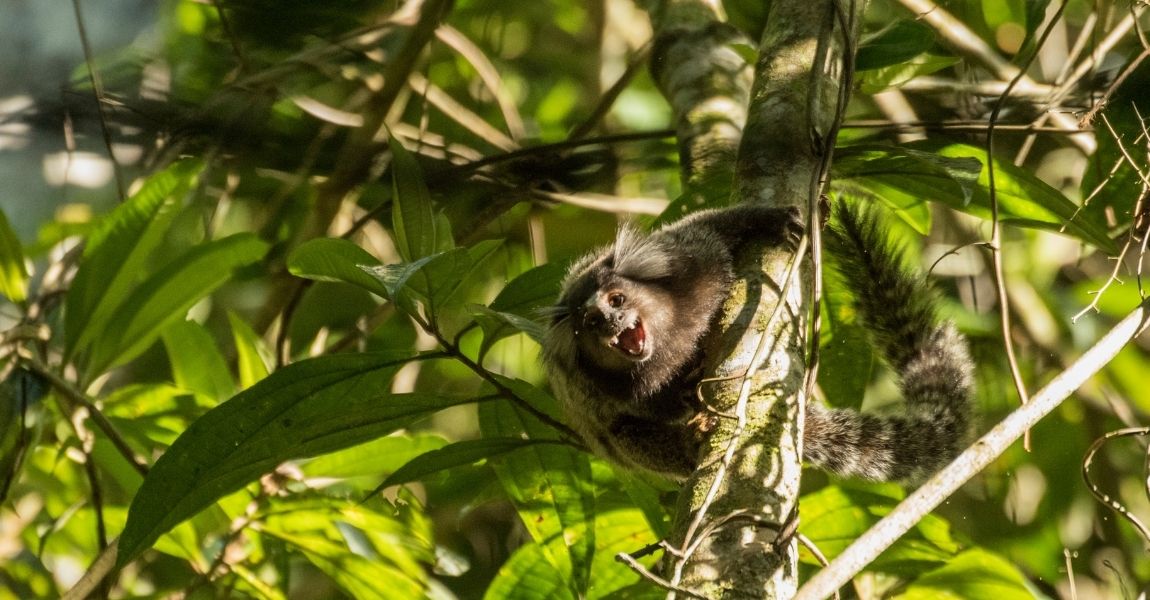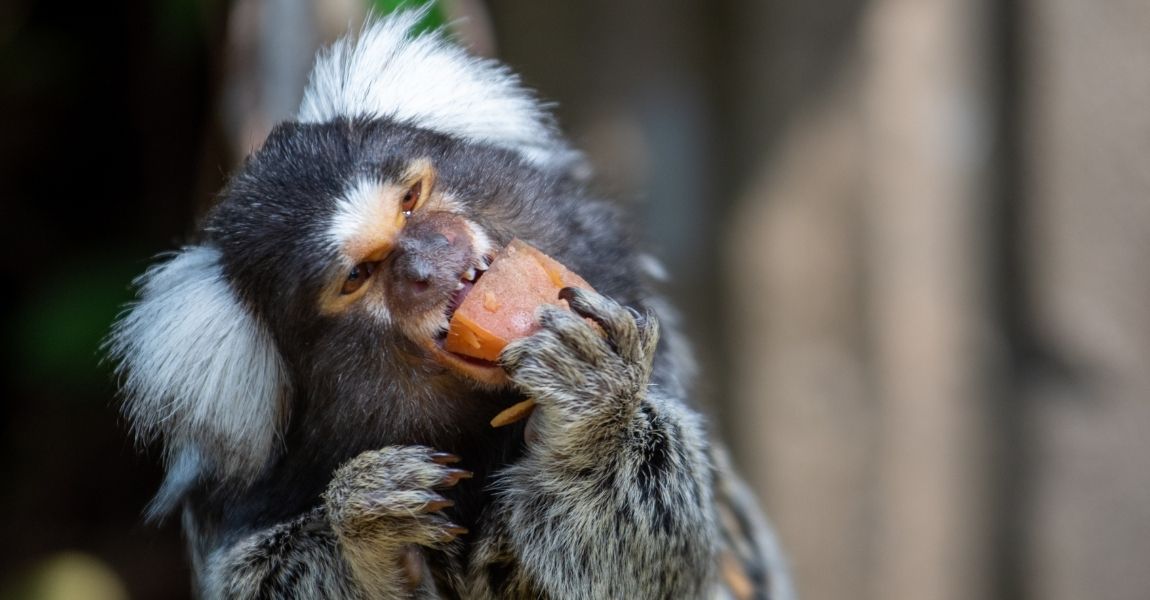Black-Tufted Marmoset (Callithrix penicillata): A Comprehensive Guide
The black-tufted marmoset (Callithrix penicillata), also known as the black-pencilled marmoset, is an intriguing small primate native to South America. This comprehensive guide will provide an in-depth look at the black-tufted marmoset, covering everything from its physical characteristics and social behavior to its habitat and suitability as an exotic pet. If you're interested in learning more about these captivating creatures or considering them as a pet, read on for a detailed exploration.
Taxonomy and Classification
The black-tufted marmoset belongs to the Callitrichidae family, which also includes other marmoset and tamarin species. Below is the scientific classification of the black-tufted marmoset:
- Kingdom: Animalia
- Phylum: Chordata
- Class: Mammalia
- Order: Primates
- Family: Callitrichidae
- Genus: Callithrix
- Species: Callithrix penicillata
The black-tufted marmoset shares many similarities with its relatives, such as the common marmoset (Callithrix jacchus). However, they exhibit distinct features and behaviors that make them unique among primates.
Physical Description
The black-tufted marmoset is a small primate, notable for its striking appearance. They have a body length of approximately 20-25 cm, with a tail length ranging from 28-35 cm, and weigh around 300-400 grams.
- Coloration: Their fur is predominantly black or dark brown, with streaks of silvery-white along their back. Their face has a bare, dark skin tone, which contrasts beautifully with their dark fur.
- Ear Tufts: True to their name, black-tufted marmosets possess distinctive black tufts of hair around their ears, which grow more prominent as they mature.
- Other Features: Similar to other marmoset species, they have claw-like nails rather than flat nails, a useful adaptation for clinging to tree trunks and branches.
Habitat and Distribution
The black-tufted marmoset is native to the cerrado biome of Brazil, and they are well adapted to thrive in various environments, from forests to urban areas.
- Geographical Range: They are predominantly found in the central regions of Brazil, with their range extending into parts of Minas Gerais, Goiás, and Bahia.
- Environmental Preferences: Black-tufted marmosets are highly adaptable. They occupy a wide variety of habitats, including dry forests, savannas, and areas close to human settlements. They prefer areas with abundant trees that provide food and shelter.
Behavior and Social Structure
Black-tufted marmosets are social animals that live in family groups ranging from 3 to 15 individuals. Their social behaviors are complex and fascinating.
- Group Dynamics: These primates maintain close-knit family groups, often consisting of parents, offspring, and other relatives. Cooperation in child-rearing is common, with multiple group members assisting in caring for the young.
- Communication: They communicate using a variety of vocalizations, visual cues, and even scent marking. Their vocal repertoire includes high-pitched whistles, trills, and alarm calls.
- Daily Routine: Black-tufted marmosets are diurnal, meaning they are active during the day. They spend their time foraging, grooming each other, and resting in tree branches to avoid predators.
Diet and Feeding Habits
Black-tufted marmosets have an omnivorous diet that includes a range of different food sources:
- Insects and Small Animals: They actively hunt insects, spiders, and occasionally small vertebrates like lizards.
- Tree Exudates: Similar to their relatives, black-tufted marmosets feed on tree sap, gum, and resin. Their specialized incisors allow them to gouge holes into tree bark to access these exudates.
- Fruits and Vegetation: They also consume seasonal fruits, nectar, and flowers, making them important seed dispersers in their natural habitat.
Reproduction and Lifespan
The reproductive habits of black-tufted marmosets are similar to other marmoset species, with interesting characteristics that support their survival.
- Mating System: They are usually monogamous, with dominant breeding pairs within each group. The extended family group assists in the care of infants, ensuring a higher survival rate.
- Gestation and Birth: The gestation period lasts between 140-150 days, generally resulting in the birth of twins, although single births and triplets do occur.
- Lifespan: In the wild, black-tufted marmosets can live up to 10-12 years, while in captivity, they may live up to 16 years with proper care.
Unique Adaptations
Black-tufted marmosets have several unique adaptations that help them thrive in their environment:
- Specialized Teeth: Their sharp lower incisors are perfectly adapted for gouging into tree bark, which allows them to access sap, an essential food source when fruit or insects are scarce.
- Claw-Like Nails: Their claw-like nails (tegulae) are well adapted for climbing and clinging to trees, providing stability and maneuverability in their arboreal environment.
Interaction with Humans
Black-tufted marmosets have adapted well to environments modified by human activity and are sometimes kept as pets.
- Pet Ownership: Due to their small size and inquisitive nature, black-tufted marmosets are often considered as pets. However, they have complex care requirements, which means they are not suitable for everyone.
- Pros and Cons: While they can be affectionate and bond closely with their human caretakers, black-tufted marmosets require specialized diets, social interaction, and large enclosures to stay healthy. They may also exhibit aggressive behaviors if stressed or not properly cared for.
- Regulations: In South Africa, owning a black-tufted marmoset as a pet requires adherence to strict regulations. Prospective owners must obtain the appropriate permits and ensure compliance with local wildlife laws.
Conservation Status
According to the International Union for Conservation of Nature (IUCN), the black-tufted marmoset is currently classified as a species of "Least Concern." However, their populations face several threats:
- Habitat Loss: Deforestation and habitat fragmentation in the cerrado and other regions pose significant threats to their survival.
- Pet Trade: Capture for the illegal pet trade also contributes to population declines, although they are somewhat resilient due to their adaptability.
- Conservation Measures: Conservation efforts focus on habitat preservation and regulating the pet trade to ensure sustainable populations.
Care in Captivity
Black-tufted marmosets require specific care to thrive in captivity, and keeping one as a pet is a significant responsibility.
- Housing: They need a spacious, enriched enclosure that provides opportunities for climbing, exploring, and hiding. Enrichment is crucial to prevent boredom and stress.
- Diet: A balanced diet in captivity should include fresh fruits, vegetables, insects, and commercial marmoset food to ensure proper nutrition.
- Healthcare: Regular veterinary care is essential, as black-tufted marmosets can suffer from metabolic bone disease and other health issues if not properly cared for.
- Social Interaction: Black-tufted marmosets are highly social animals and need frequent interaction either with their human caregivers or other marmosets to prevent loneliness.
Interesting Facts
- Black-tufted marmosets are known for their vocal versatility, using different calls to communicate with members of their group.
- They play a role in seed dispersal, helping to maintain the health of their ecosystem by spreading the seeds of the fruits they eat.
- Unlike many other primates, black-tufted marmosets are capable of digesting tree sap, a unique adaptation that allows them to exploit food resources that are not easily accessible to others.
- Their territorial behavior includes scent marking with specialized glands, which they use to communicate their presence to other groups.
The black-tufted marmoset is a fascinating species with distinctive adaptations that allow it to thrive in a variety of environments. While their small size and engaging behavior make them appealing as pets, their care requirements are demanding, and potential owners should be well informed before taking on the responsibility. Conservation efforts are essential to ensure these unique primates continue to thrive in their natural habitats. If you are considering keeping a black-tufted marmoset as a pet, it is crucial to understand the legal requirements and provide a stimulating and nurturing environment.

